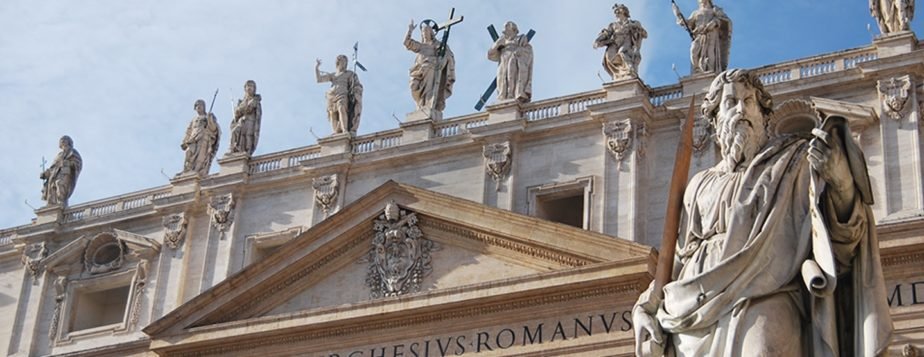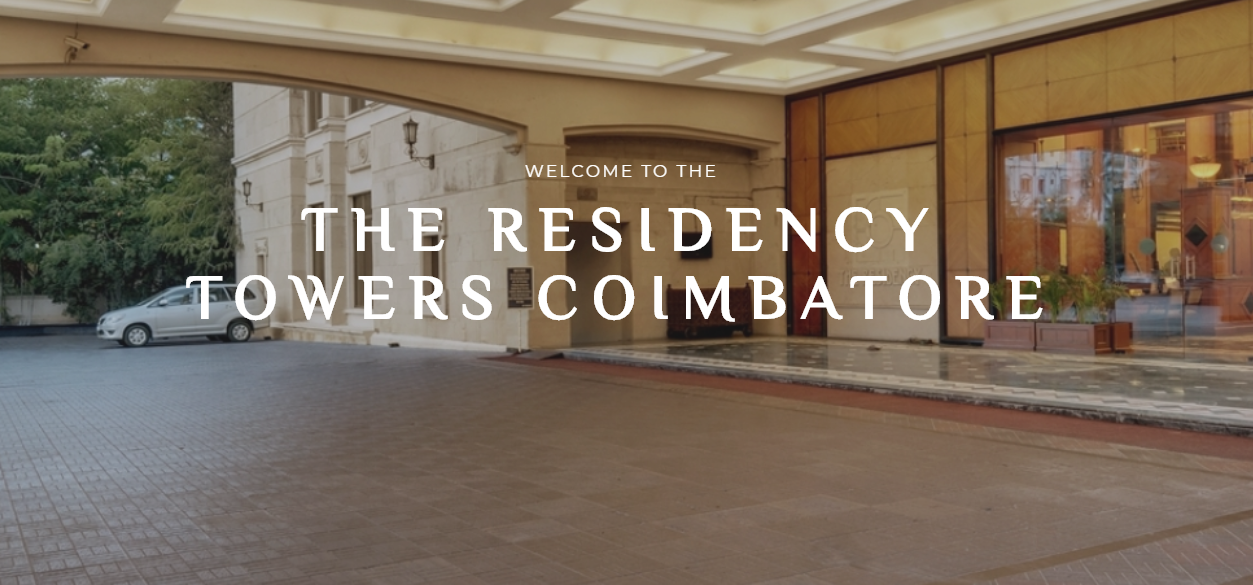If you are going to Rome, then you should bucket list these 14 places.
Circus Maximus
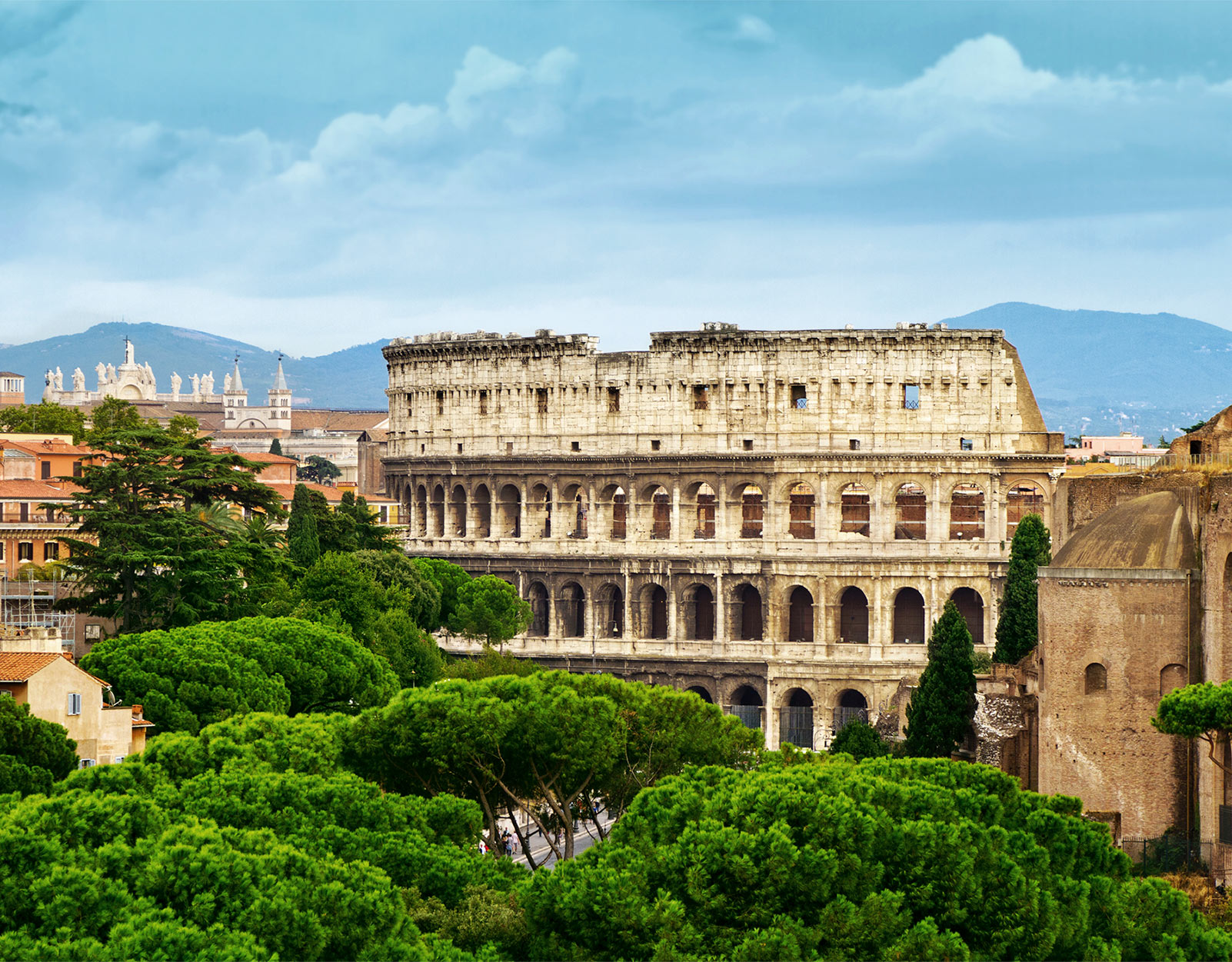
Circus Maximus is an ancient Roman chariot racing Stadium and mass entertainment venue. It was the first and largest stadium in ancient Rome. It could accommodate over 150,000 spectators. The site is now a public park.
Colosseum
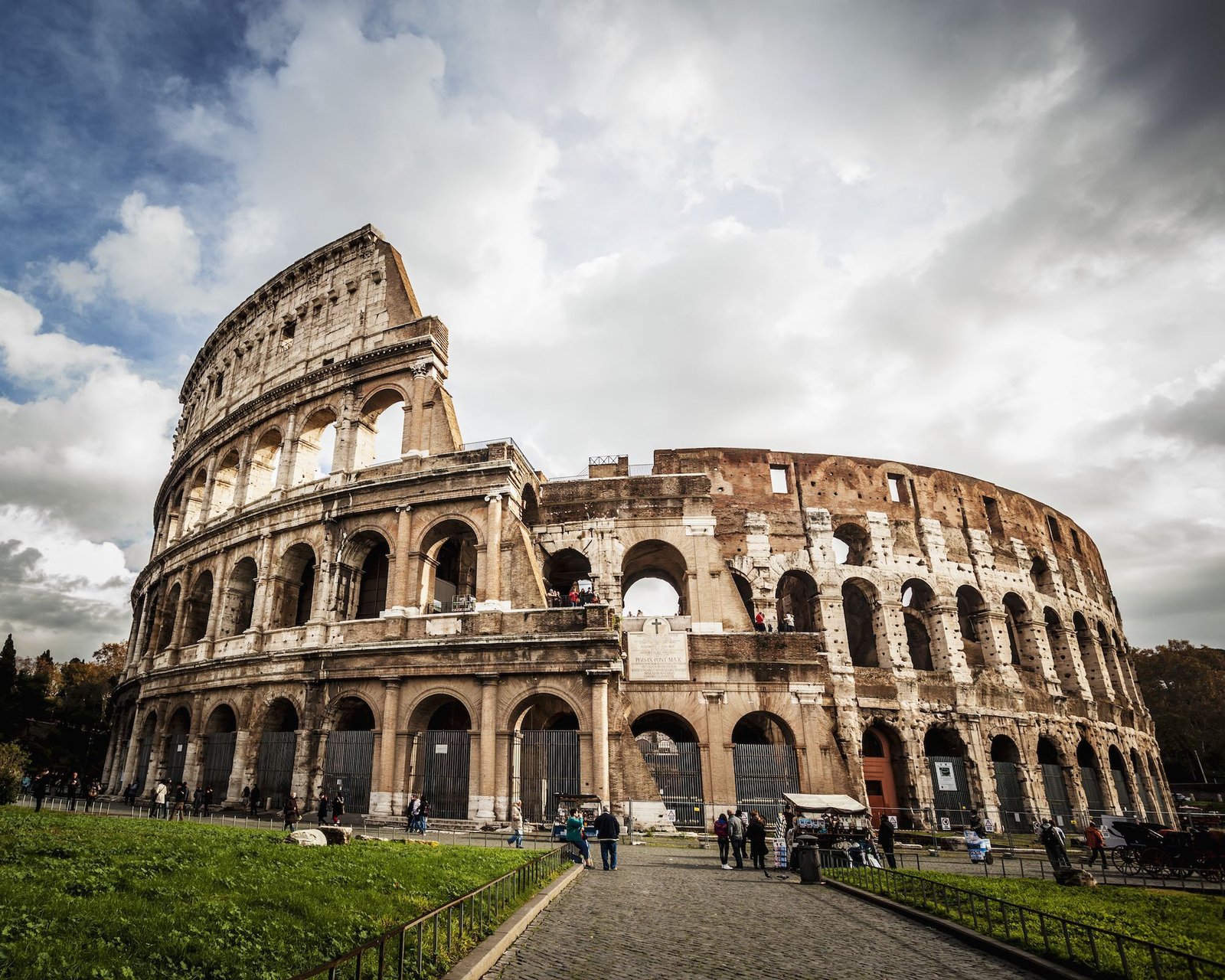
Colosseum is the largest amphitheater ever built and it’s made of concrete and stone. Construction was completed in the year 80. It was designed to accommodate an estimated 80,000 visitors. It was used for gladiatorial contests, public spectacles, animal hunts, executions, reenactments of famous battles and dramas based on classical mythology. Earthquakes over time caused great damage to the structure.
Roman Forum
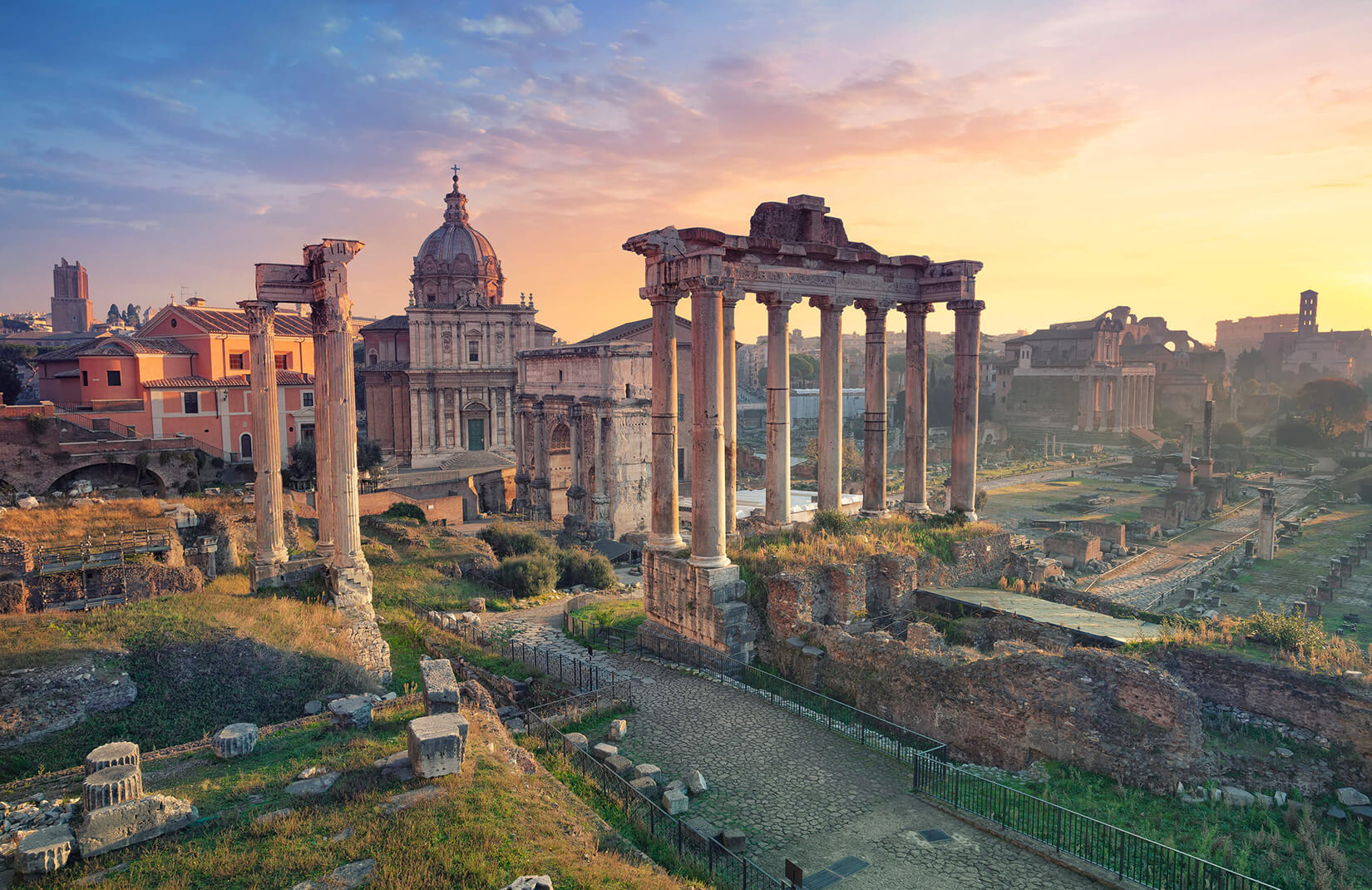
Roman Forum is a forum surrounded by the ruins of several important ancient government buildings right next to the Colosseum. Forum was the center of day-to-day life in Rome, for example, elections, processions, criminal trials, public speeches and commercial affairs were held there. The Roman Forum developed organically over many centuries.
Altar of the Fatherland
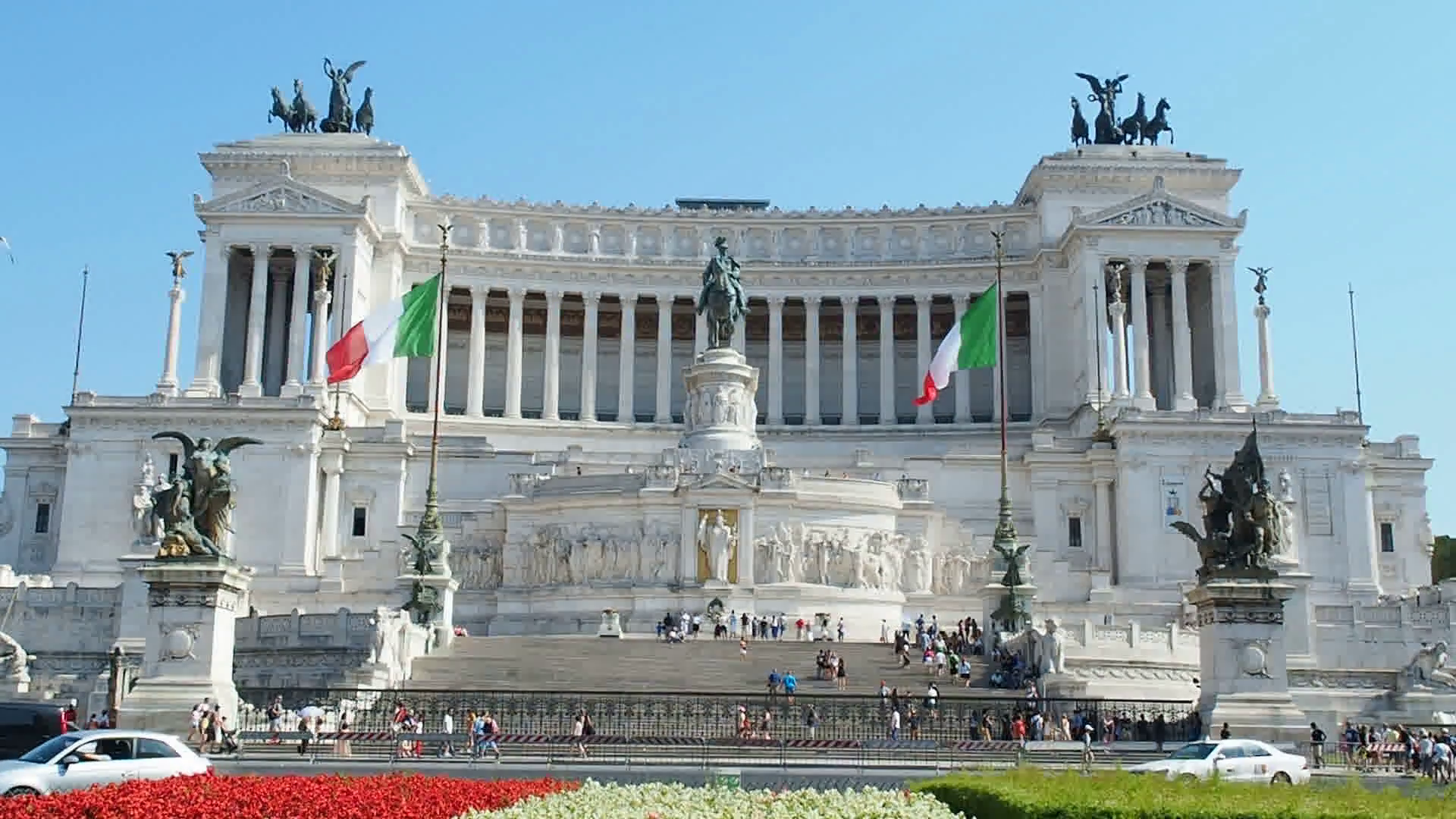
Altar of the Fatherland is a monument built in honor of the first king of unified Italy, Victor Emmanuel. This largest monument in Rome was controversial since its construction destroyed a large part of the hill and the medieval neighborhood. The terrace of the building offers an amazing panoramic view of Rome.
Pantheon
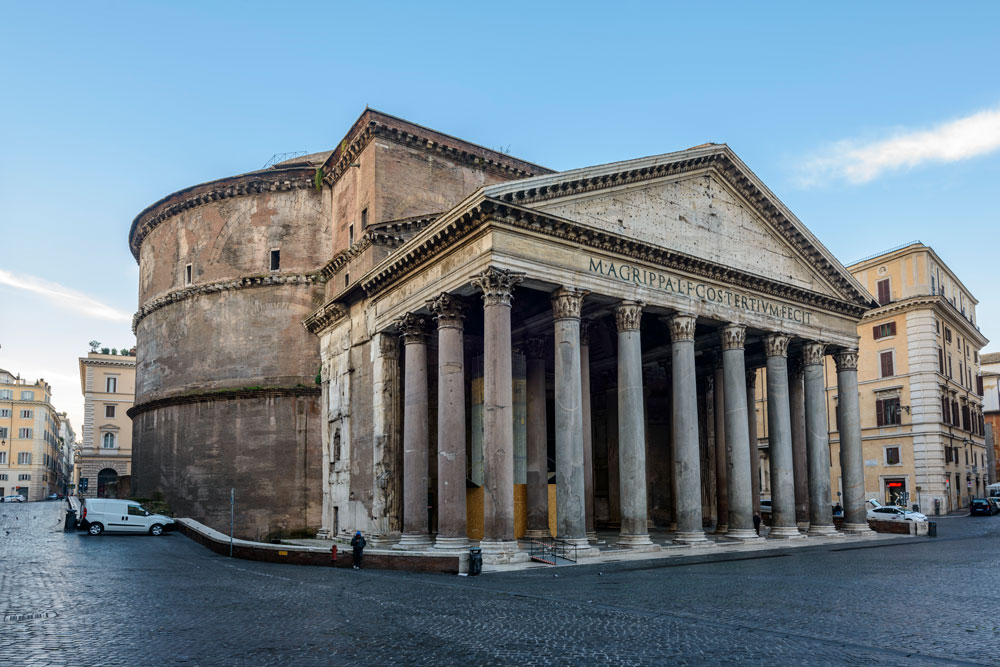
Pantheon is a former Roman temple and is now a church. It is the best preserved ancient Roman monument. The word Pantheon is a Greek adjective meaning “honor all gods”. The Occulus in the center of the building is the main source of natural light. It truly is a majestic building.
Trevi Fountain
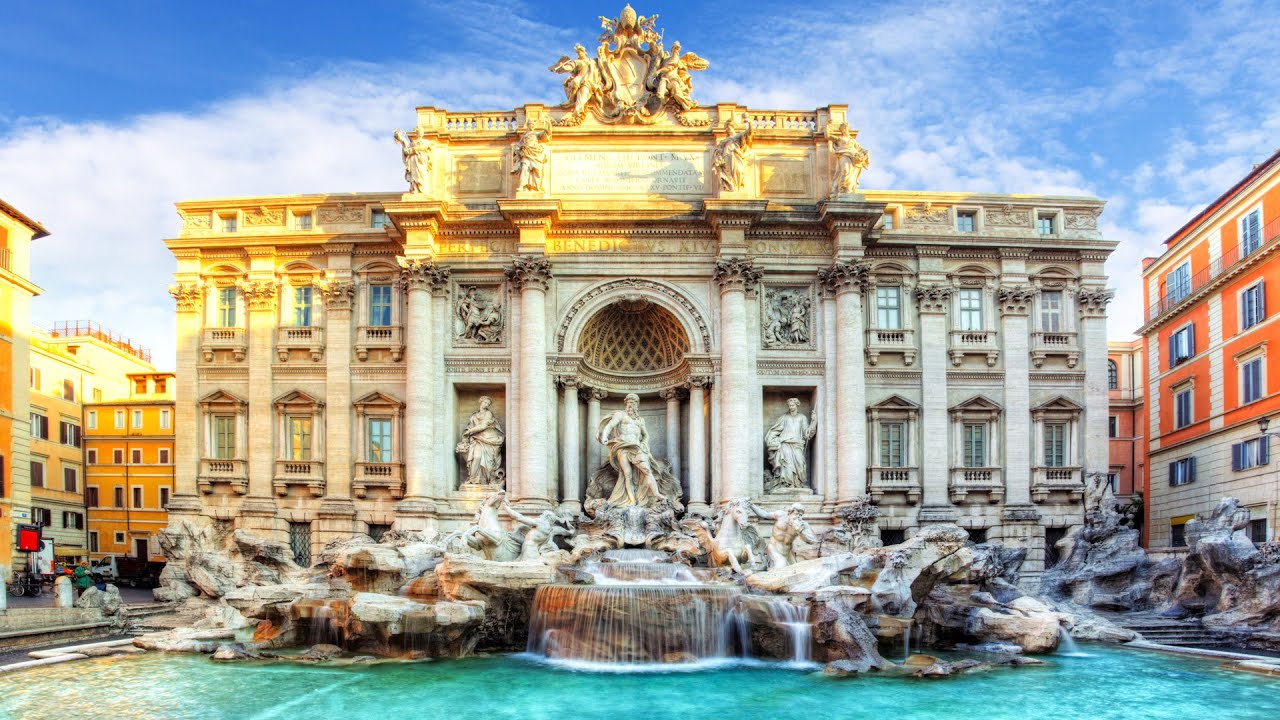
Trevi Fountain is one of the most famous fountains in the world. The legend says that whoever drinks the water from the fountain or throws a coin in it, will ensure his return to Rome. No wonder we were in Rome all the time.
Spanish Steps
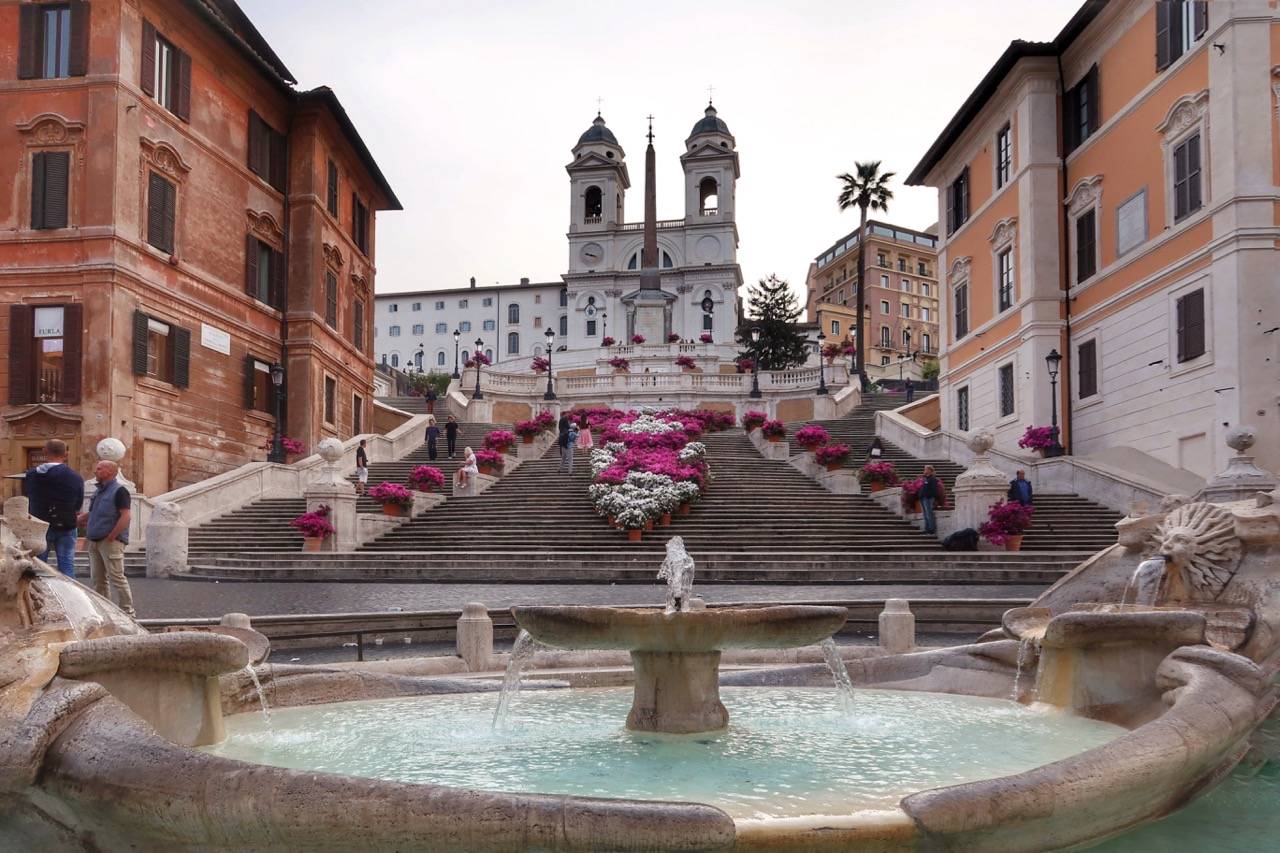
Spanish steps are a monumental stairway of 135 steps that were built in the 18th century by a French diplomat who wanted to connect Spanish Embassy and the Trinita de Monte church. As the widest stairway in Europe it quickly became one of the major Roman attractions. Every spring part of the steps are covered in flowers.
Villa Borghese
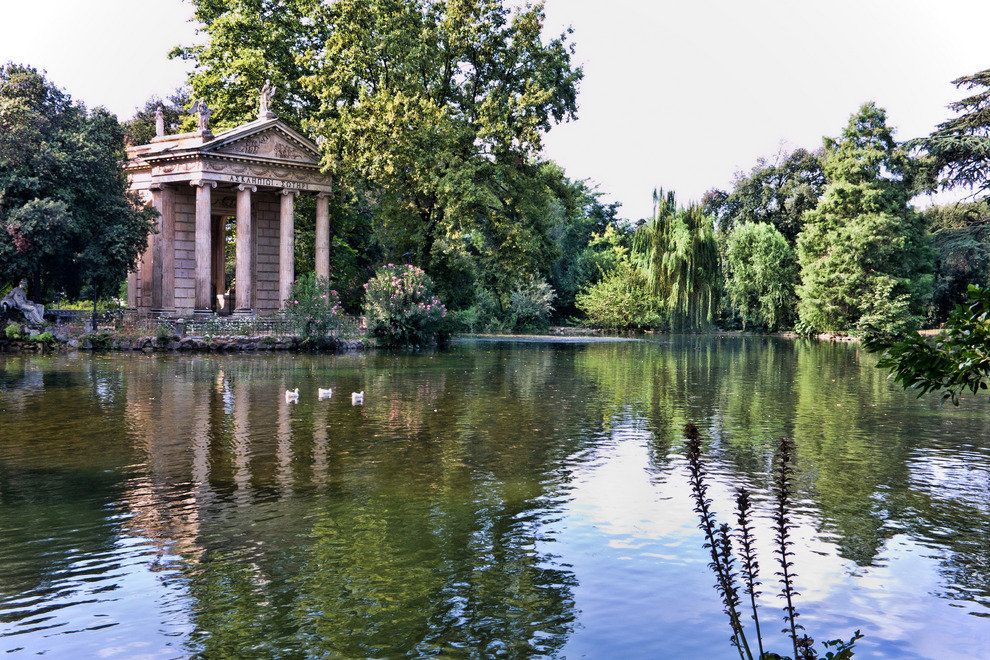
Villa Borghese is a landscape garden containing several buildings and villas, museums and other attractions. In 1605 they began turning this former vineyard into extensive gardens. The park was remade to its current form in the 19th century in English style. The city of Rome later bought the property and turned it into a public park.
Castle Sant’Angelo
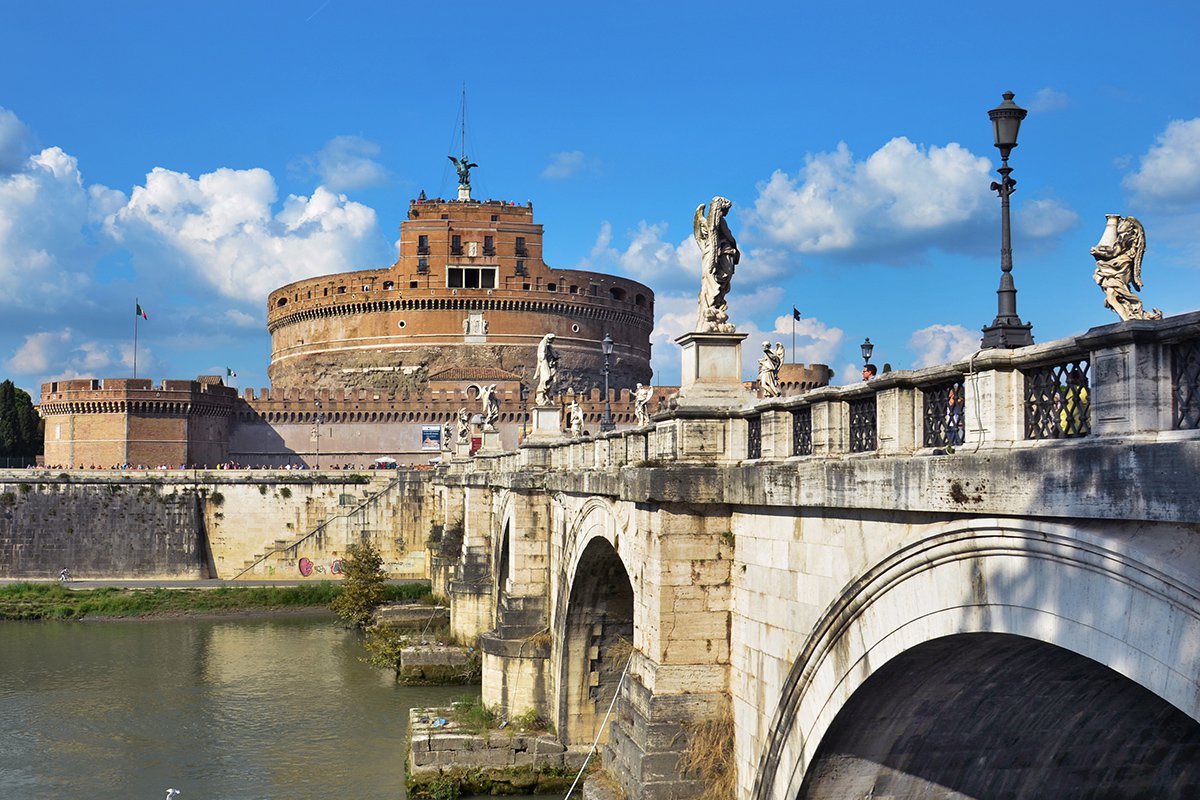
Castle Sant’Angelo was initially commissioned by the Roman Emperor Hadrian as the mausoleum for himself and his family. This extraordinary round-shaped building was later used by the Popes as a fortress and a castle and is now a museum. It lays just outside Vatican City.
Vatican
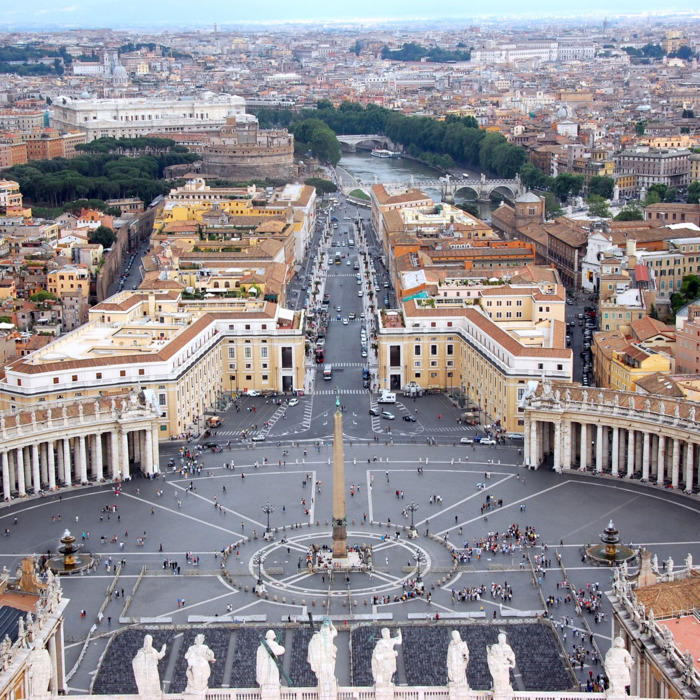
Although Vatican City is an independent state since 1929 it is located within Rome. Vatican has been the residence of the Pope since 1377. Don’t forget to visit Saint Peter’s Square and Basilica If you want to see the Vatican Museums where you’ll also see the Sistine Chapel, be sure to enter from a different street. It is absolutely worth seeing.
Piazza Navona
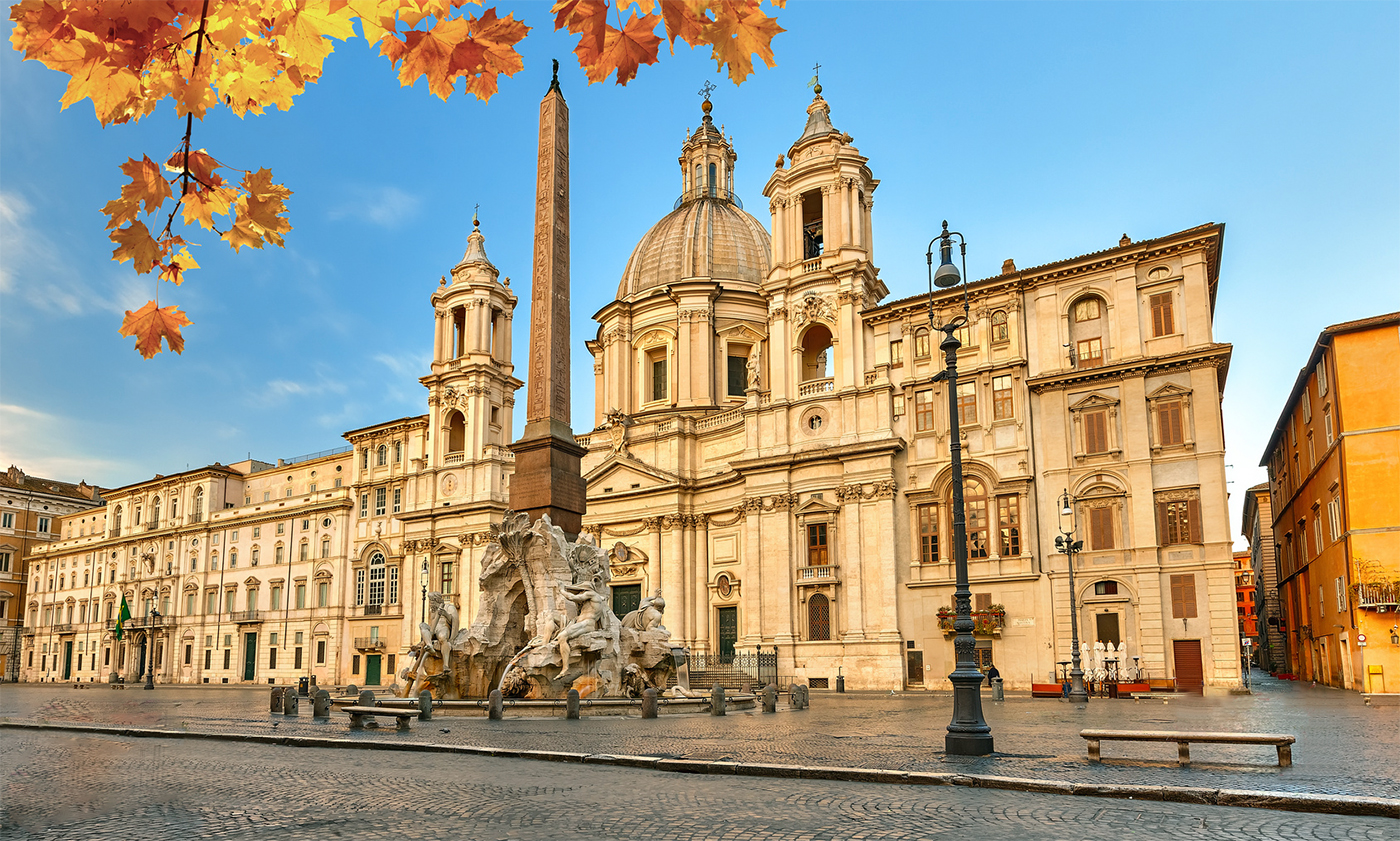
Rome is such a special place it deserves one more Piazza Navona is a square located in the heart of Rome It is built on Dominitian’s ancient stadium and it’s surrounded by beautiful renaissance and baroque buildings and it features magnificent fountains.
The Mouth of Truth
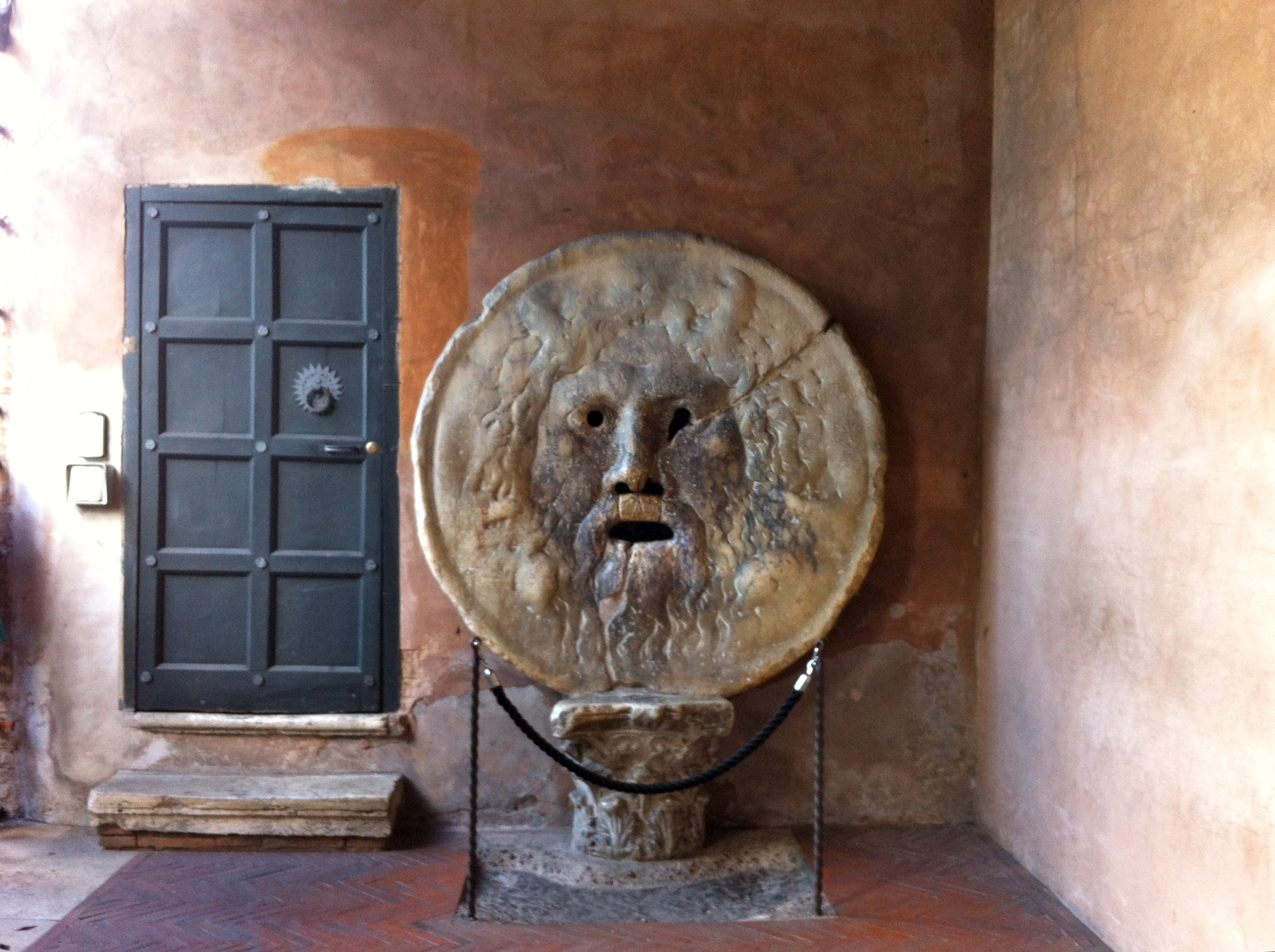
The Mouth of Truth is a marble mask in Rome. It probably depicts the face of a sea god. Historians aren’t quite certain what the original purpose of the disk was, but the legend says, that if you lie when you place your hand inside it, the mouth will cut your hand.
Pyramid of Cestius
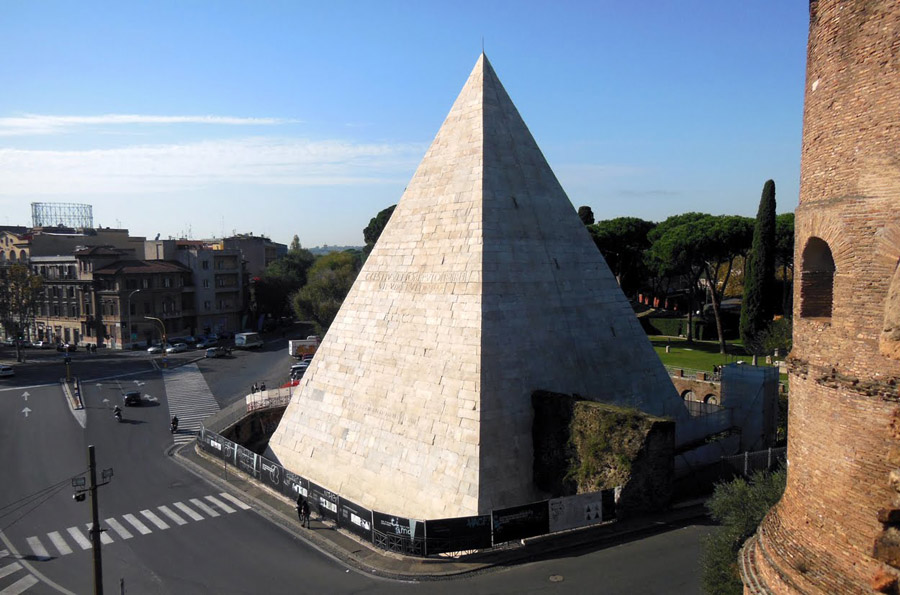
Did you know that Rome has its own pyramid? Over 2,000 years old pyramid of Cestius is an ancient pyramid that lays next to Porta San Paulo, the ancient gates to the city of Rome. It was built for as a tomb for Gaio Cestio Epulone, a member of the Epulones religious corporation Since 2015 the pyramid is open to public only on certain days.
Villa D’Este
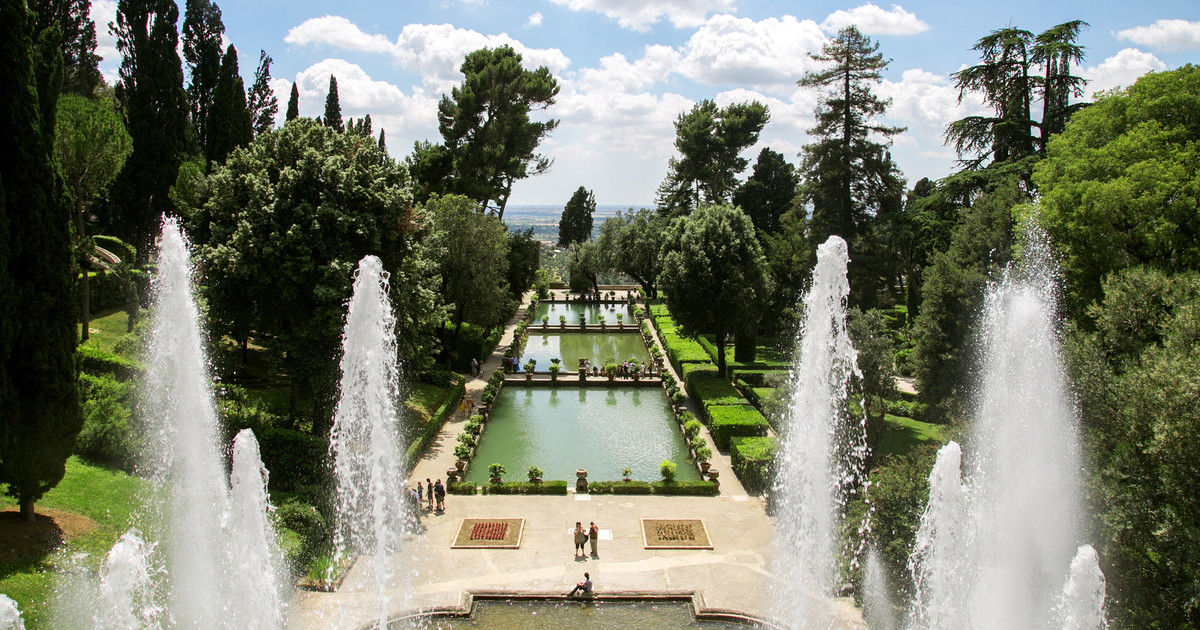
Villa d’Este is a 16th century villa in the town of Tivoli approximately 45 minute-drive from Rome famous for its terraced hillsides Italian Renaissance garden and especially for its profusion of fountains. It is now an Italian State Museum and it’s listed as a UNESCO world heritage site Of course, there are many other things to see in Rome such as Baths of Caracalla, Piazza del Popolo, Tiber Island and many more.
